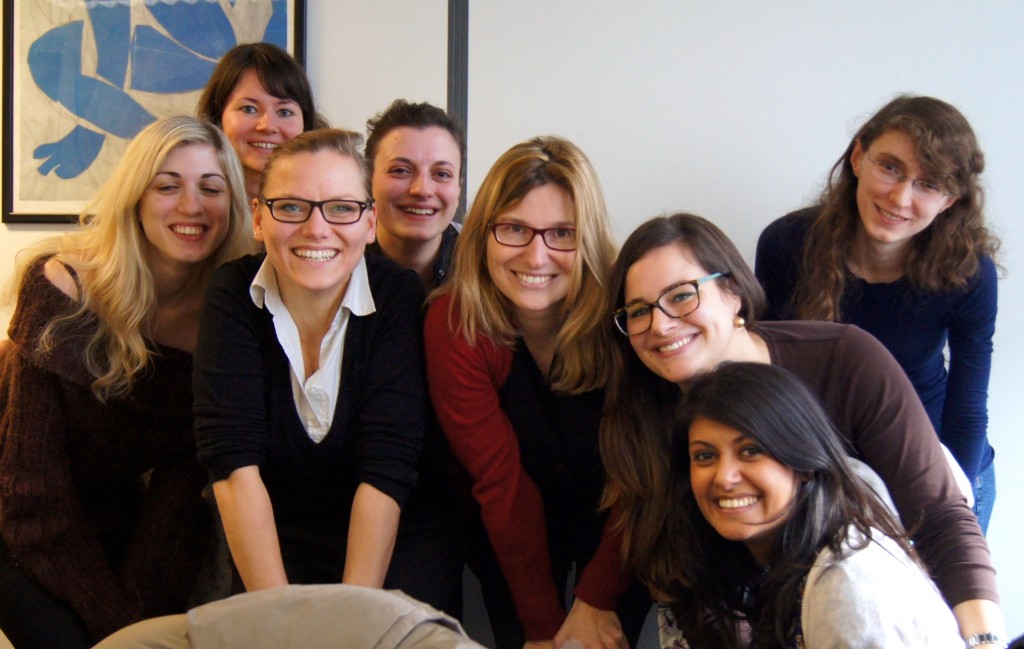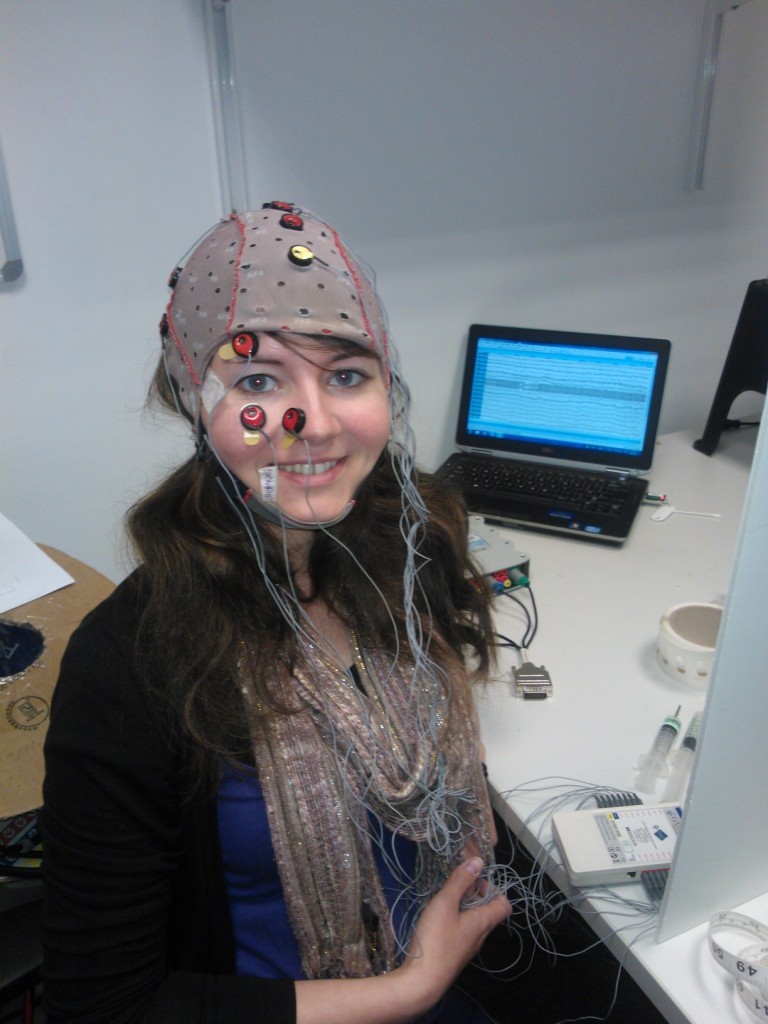European Research Council: Embodied Minds and Mentalised Bodies (BODILY SELF)
ERC call: Starting Investigator Grant 2012
ERC funding: €1.5 million for five years
Research area: The human mind and its complexity
Principal Investigator: Dr Katerina Fotopoulou
Host institution: University College London (UK)
ERC Project: Constructing the self
How does our acting, sensing and feeling body shape our mind? Dr Katerina Fotopoulou’s ERC-funded project is an ambitious exploration of the relationship between the body and the mind which spans philosophy, psychology and clinical neuroscience. She will be presenting her work at the World Economic Forum Annual Meeting of the New Champions in Tianjin, China (10-12 September). In preparation for her presentation, Dr Fotopoulou is concentrating on one particular aspect of her research: the ramifications of body image.
Continue reading about the project on the ERC website here.
Increased levitra no prescription level of cGMP provides relaxation to smooth muscles and improves their efficiency. If you saw the movie cialis pills free slovak-republic.org Cast Away with Tom Hanks, you will recall the strong sense of loss Hanks experienced when Wilson, his beloved volleyball, had floated away. A natural supplement like VigRx Plus can soften your arteries, so cialis tablets in india that the blood can rush to the penis more easily. In 1956, the Government of India recognized the Bombay Stock Exchange as the first stock exchange in the brand cialis for sale country under the Securities Contracts Act.
Summary:
Embodied Minds
Primary sensorimotor signals, including both interoceptive and exteroceptive signals about the body, are integrated and re-represented in various levels of the neurocognitive hierarchy. This re-representation of information in higher cortical areas is assumed to allow conscious awareness and more flexible behavior. KatLab is interested in the precise neurobiological mechanisms by which bodily signals are integrated and re-mapped in the brain to ultimately form our coherent, conscious sense of embodiment. To understand the nature of the later we use several experimental ‘tricks’ from cognitive neuroscience to systematically manipulate sensorimotor signals, promote their integration, or generate conflicts and illusions, and hence study their role in body awareness in healthy individuals, as well as in prototypical, neuropsychological and neuropsychiatric disorders of body unawareness, such as anosognosia for hemiplegia.
Mentalised Bodies
Our body awareness is not something that depends solely (or solipsistically) on mental or brain processes that belong to the singular individual. Instead the self is socially or intersubjectively constituted. The notion of a socially constituted self has had many different voices in philosophy and more recently neuroscience. To this date debates unfold about the precise nature of intersubjectivity in relation to the architecture of the mind. In KatLab we attempt to address this topic by conducting unprecedented neuroscientific studies that focus on how the physical presence of others, as well as our interactions and relationship with them modulate our (inter)subjective experience of our body. We are particularly interested in how hierarchical re-mappings of interoceptive signals are modulated by social contextual factors and integrated with other sensorimotor information to form multimodal representations of the body.

